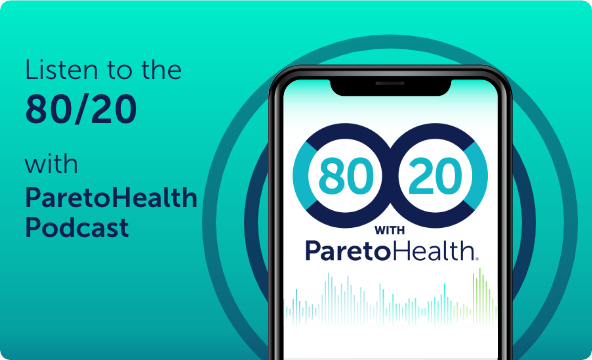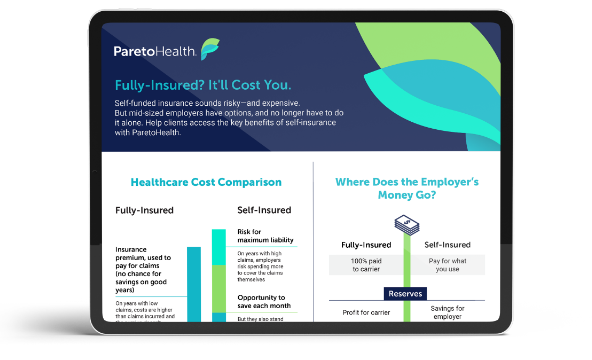12 Tips for Open Enrollment
Once you calculate your self-insured costs to plan for open enrollment – or get your renewal quote – then the time has come to communicate what you’ve found out about your benefits package to employees.
Whether you’re a seasoned pro who has managed open enrollment many times before or a relative newcomer to this particular task, there are certain things you can do to make it a success.
Open enrollment is a perfect chance to engage your employees about their health benefits. It gives them an opportunity to understand their benefits plan better and ensure they use them effectively. It also helps them get a look behind the scenes at the costs, administrative work, and future perspective of these plans, allowing them to plan for the future with more confidence. All of this is an excellent way of retaining high-quality talent.
1. Provide in-person sit-down enrollment sessions or open office hours for them to ask questions. If you deliver the information with a personal touch, they will receive and retain it better. Plus, you will be better positioned to answer questions and allay any concerns that they might have about the specifics of their programs.
2. Make sure employees understand payroll contribution frequency, when contributions start, and anything else that may impact their paycheck. This eliminates unpleasant surprises when plans kick in.
3. Related to the previous point, give employees a tool to calculate exactly how much their benefits package will cost before they make the choice. It can be as simple as an Excel table to show them a variety of different costs: the annual election cost, the cost of copays or deductible, and their personal out-of-pocket maximum. This helps them decide based on the specifics of the situation, not just one factor taken in isolation.
4. If there are any significant changes to your benefits package, present them to the entire company in-person or on video. Personal messaging fosters an environment that shows you care about your employees, rather than making changes without public explanation or warning. Whenever possible, include an interactive portion to this presentation to let your employees ask questions, as well. Transparency is always the best policy.
5. Provide the appropriate time for employees to consider their options before making a final decision. However, it’s important to get the timing of this issue right – give them enough time, but not too much. In my experience, give them two weeks to think about it, but no more. If you wait too long, people might forget, but if you don’t afford them enough time, adoption rates may suffer because people don’t have enough time to ask questions or properly evaluate selections.
6. Invite eligible family members to attend open enrollment meetings along with the employees. Spouses may offer important ideas and contributions that aid in the decision-making process, and they also deserve a comprehensive understanding of the package of services. If they will be using them (and many do), then they have a right to get a fuller picture of what is going on.
7. Be as open as possible about how much the company spends on benefits. Transparency helps employees appreciate the actual costs involved and gives them a fuller picture of their entire compensation package. People feel more valued if they know that their total compensation is greater than just their salary, it includes additional costs as well. Letting people know how much you value their contributions is a great way of retaining them.
8. Require employees to actively opt out of benefits. This helps ensure that they have viewed their options. Encouraging conscious decision-making is always better if you want them to make their decisions thoughtfully and weigh all of their options.
9. Provide paper copies of your enrollment materials. Not everyone likes digital versions and giving people information in a variety of formats makes it easier for everyone. A variety of media considers various learning styles and helps your employees retain the information better.
10. Make sure employees know when they will get ID cards (or how to access them digitally) and when benefits become effective. Clarity on these points prevents costly misunderstandings, and it also helps people plan appropriately. Additionally, people appreciate knowing that you have planned out their benefits program wisely and in advance. Getting early notice of when they are going to get ID cards is just one way of making this happen.
11. Ensure employees always know where they can access summaries of benefits and coverage, as well as what resources are provided along with the benefits (telemedicine, health guides, etc.) so that they can always easily review benefit features. Make sure these are as clear as possible since many people do not think about their benefits until they have a health problem. When they are in a stressful situation such as this, it is more difficult to recall information.
12. Give employees a designated time during the day to review their options rather than requiring them to do it outside of work hours. Nobody likes homework, after all.
With these tips, you’ll be sure to have a successful open enrollment season this year. Clear, effective communication is the lifeblood of any organization, and your business is no different. We have to do everything we can to make sure that people can make the best decisions for themselves if we want a well-functioning, contented group of people working with us.
There’s a Better Way to Do Employee Health Benefits
Join an upcoming webinar to learn how ParetoHealth turnkey employee health benefits solutions deliver the scale and resources mid-sized businesses need to self-insure with total confidence. By combining a captive model with comprehensive medical and pharmacy cost containment strategies, our members realize significant cost savings with multi-year protection.
Learn why 97% of members who join ParetoHealth, stay with ParetoHealth.

 September 27, 2022
September 27, 2022 





